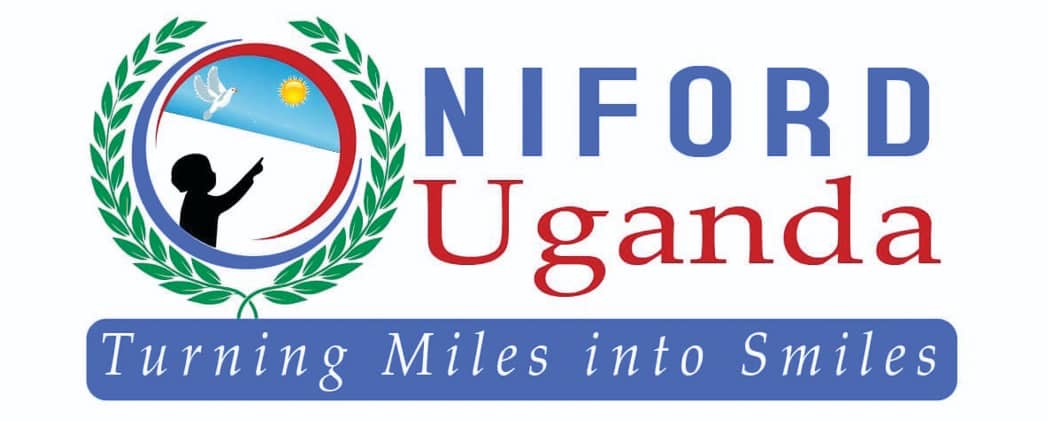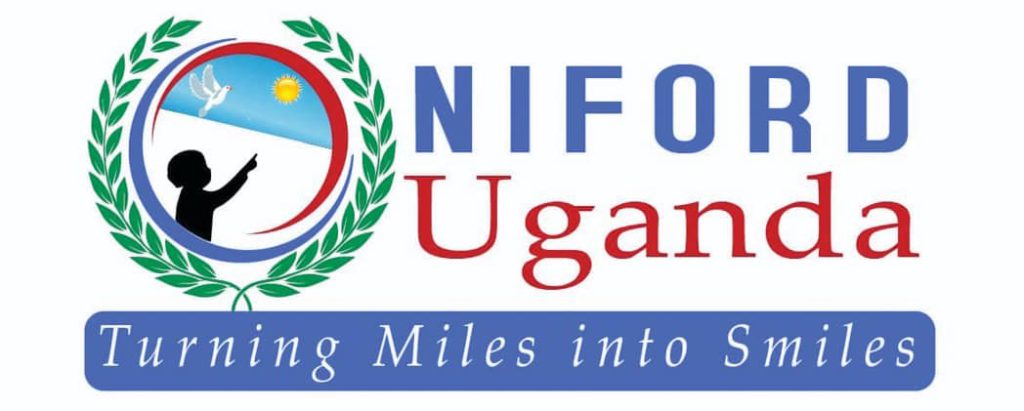Skilled Youth: Adolescence
This program ensures that adolescents and young people increase their engagement in local development efforts and their personal development.

How the program works
The program ensures that adolescents and young people increase their engagement in local development efforts; have access to quality health care and sexual and reproductive health services, and develop life skills equipping them for safe and responsible sexual lives and for adulthood; that they enjoy opportunities for recreation and sports; and that they have increased access to secondary education and skills development opportunities.
The above three programs build on the continuum of care and support for children and youth that will better equip them to break the inter-generational cycle of poverty and actively engage in democratic processes. Plan will continue to seek collaboration in its programs and projects with appropriate partners: communities, civil society organizations, and government, local and central.
The necessary funds – estimated to amount to a total of between 5 and 10 million US dollars for the six years – will be sought from sponsorship and external and local grants.
In developing the NIFORD NSP FY 2023 – FY 2027, great emphasis in laid on incorporating the views and opinions of children and other key stakeholders, such as their families and communities, government and non-government partners, and NIFORD’S own staff. The NSP is itself the result of participation, cooperation, and partnership, which should ensure a clear sense of joint ownership and commitment to success.
Although there has been in recent years a great expansion in the numbers of private secondary schools, there are insufficient places for all primary school leavers. The Government introduced a policy of universal secondary education (USE), but the effects of its implementation are limited due to resource constraints. A number of children with good primary school results are forced to drop out of formal education, either due to the high costs and/or limited spaces available. The Ministry of Education puts the secondary school enrolment rate currently at around 15%. Non-formal alternatives are still few. Vocational training, where available, is costly, and often of low quality, lacking qualified instructors, appropriate equipment, and sufficient materials. Unemployment of young people aged 15-24 years has been recorded at 83% in Uganda.
Parenthood begins early in Uganda, with 47% of females in the age range of 15-24 years having already given birth at least once and 15% of males in this age bracket already fathers. Unwanted pregnancies often lead to abortion and injury or death, with teenage pregnancies being among the leading contributors to maternal injury and death in Uganda. Teenage pregnancy was estimated at 25% in 2006. 44% of the country’s maternal deaths are among the 15-24-year olds. Annually, approximately 117,000 unsafe abortions occur in the country, 55% of them among 17-20-year olds.
The right to participate in household, school, and community affairs is not much more respected in adolescence than it is in earlier years of childhood. Youth organizations are common, but most exist for recreational or educational purposes rather than to give youth a voice in local affairs, in spite of a favourable policy environment. Uganda established a National Youth Policy with the goal of providing an appropriate framework that enables youth to develop social, economic, cultural and political skills for development and improvement of their quality of life.
Program Components
Health and Well-being
- Adolescents have access to youth-friendly sexual and reproductive health services, promoting life skills that will equip them for safe and responsible sexual lives
- Young people engage in recreational and sporting activities within their communities
Education and Skills Development
Young people have increased access to secondary education and entrepreneurial, technical, and life skills development

